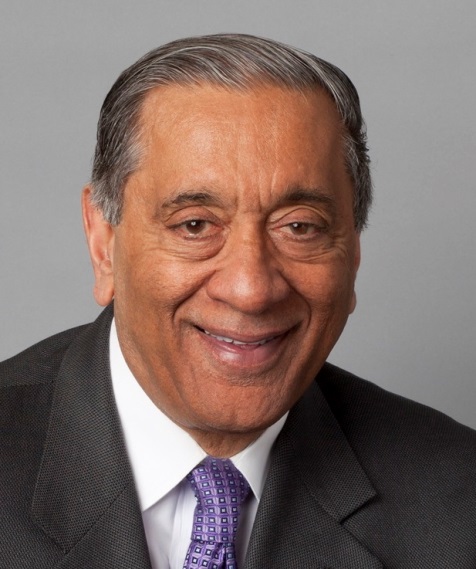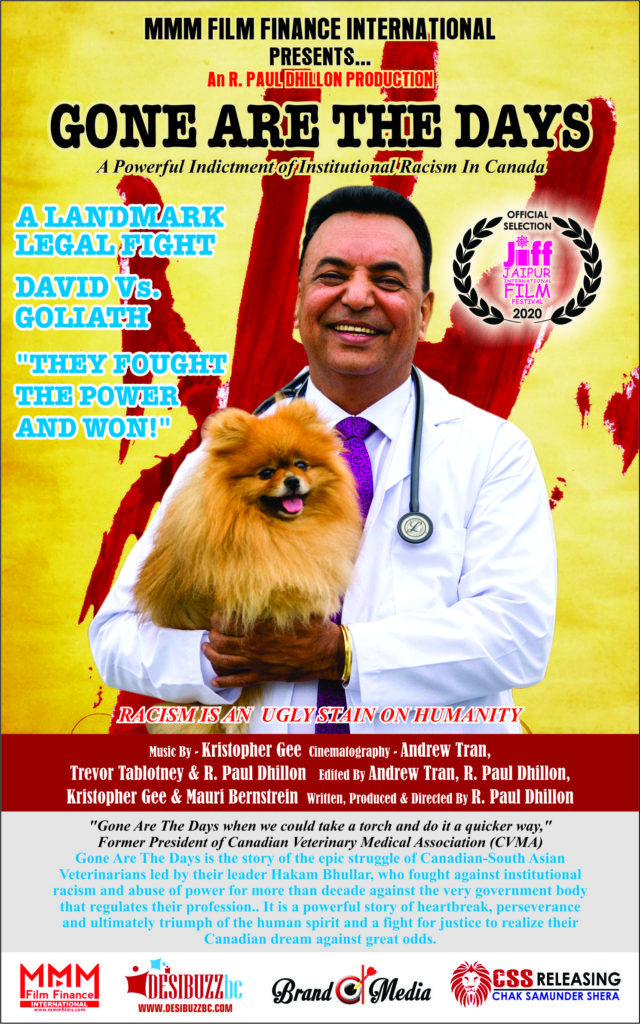DESIBUZZCanada
Events Listings
Dummy Post

International Day Of Yoga To Be Virtually Celebrated Saturday At 4pm

CANCELLED: Coronavirus Fears Kills Surrey’s Vaisakhi Day Parade

ADVERTISE WITH US: DESIBUZZCanada Is The Most Read South Asian Publication Online

SURREY LIBRARIES: Get Technology Help At Surrey Libraries

WALLY OPPAL: Surrey Police Transition Update On Feb. 26

GONE ARE THE DAYS - Feature Documentary Trailer

Technology Help At Surrey Libraries

Birding Walks

Plea Poetry/short Story : Youth Contest

International Folk Dancing Drop-in Sessions
NARINDER SINGH KAPANY: Father Of Fibre Optics’s Autography Explores A Remarkable Life
- November 11, 2021
Book Title: The Man Who Bent Light: Father of Fibre Optics by Narinder Singh Kapany

By Roopinder Singh
“After a hundred, you stop counting,” said Dr Narinder Singh Kapany when I asked him, at the beginning of this millennium, how many patents he had. He coined the term ‘fibre optics’, acquired patents and became an ‘invention machine’, applying scientific knowledge in diverse fields, including medicine and communication.
A big man, he carried his knowledge lightly. However, it was impossible to ignore that this was a multi-faceted personality — an innovator, entrepreneur, engineer, farmer, philanthropist, and art collector. He divided his time between India, the UK, and the USA, gaining friends and honours worldwide.
Engaging and informative, this autobiography reads like fireside chats about life from someone who has lived it fully. Kapany was a remarkable man, and when he wrote this book, he could look back at nine decades of his life. He says that his children, son Raj and daughter Kiki, prompted him to capture memorable moments and scenes from his life. He readily admits that some memories might have lost details or may even be imagined, “but always, always they are details in search of the truth”.
Born in his mother’s family home in Moga, Kapany spent the initial years in Punjab, visiting Harmandir Sahib in Amritsar and spending time in Patiala, where his grandfather was a judge. There is the amusing incident of the young Kapany stealing oranges from a royal grove and seeing the carriage of Maharaja Bhupinder Singh during the jaunt.
He would listen to the Janamsakhi stories narrated by his grandmother, Manji. These left a lasting impact on his mind, as did the illuminations of the 200-year-old manuscripts commissioned by an ancestor who was the head of Takht Sri Patna Sahib. The manuscripts formed the nucleus of what was to become the famed Kapany Collection.
The family lived in Dehradun, and it was here during Partition that a very young Kapany stood up to marauders and protected the Muslim employees of the household. The killings he saw then, especially of 15 schoolgirls whose bodies were laid out in front of their school, seared his heart.
A teacher’s assertion that “light can only travel in a straight line” turned an indifferent student into a possessed seeker of knowledge. After he graduated, he joined the ordnance factory at Raipur as an apprentice. He was given hands-on training in making various optical devices, but the mind yearned to learn more.
London would be his next destination. Between 1951 and 1955, he fell in love with Satinder Kaur and got married in a short span. Kapany studied at Imperial College, first as a graduate student and later for a PhD. He did his formative scientific work there. A Popular Mechanics’ September 1955 article describes the ‘Fibrescope’, developed by “Dr HH Hopkins and a 27-year-old Punjabi, Dr Narinder Singh Kapany”. The affection he has for this period and the place is vivid.
After he was invited, at Vienna, to teach at Rochester University, America would be his home. He moved to the Optics Department of the Illinois Institute of Technology. “The four years that I ended up working in Chicago were the most productive in my life, with a multitude of publications and dozens of patents to my credit… In relatively short order, I’d become an inventing machine,” he writes.
He wanted to shift to India, but that was not to be. In Rochester, he thought of moving back, but the Chicago opportunity came. Later, after interviews with Defence Minister Menon, and Prime Minister Nehru, he was told he would be the Defence Minister’s Scientific Adviser, but was also warned that the paperwork would take time. After waiting for months, Kapany moved to Silicon Valley, California. A month later, the offer letter from the UPSC finally arrived. By then, it was too late.
Kapany made his mark through his inventions. Endoscopes explored human insides, as well as those of nuclear power plants. Lasers were fine-tuned to fuse detached retinas. His millions, however, came from his entrepreneurship. As we turn the book’s pages, we realise how his business acumen enhanced the first-mover advantage. His Optics Technology went public in 1967, and he sold his share in it in 1973. His Kaptron became home to dozens of products, and this is the company he sold twice! The San Francisco Exploratorium held an exhibition of his ‘dynoptic’ sculptures in 1972. He met most of the US Presidents and interacted with them.
The chapter titled ‘Massacre’ gives an account of the trauma of 1984. Kapany lost his mother on October 31, 1984, the day Prime Minister Indira Gandhi was assassinated. Curfew was imposed. He was not allowed back into the country, and as he writes, “because of the curfew, my mother was not afforded the ceremonial remembrance she deserved”.
Kapany’s enduring legacy is the Sikh Foundation that became the focus of a significant collection of Sikh art. He endowed two Chairs at UC, Santa Cruz, encouraging Optoelectronics and Entrepreneurship, and one on Sikhism at Santa Barbara. In all this, his wife Satinder was his partner. Her illness and loss took a heavy toll on Kapany. He finished the book in March 2020 and died, at the age of 94, on December 4. This collection of memories and occasions brings him alive.
Courtesy Tribune India


















